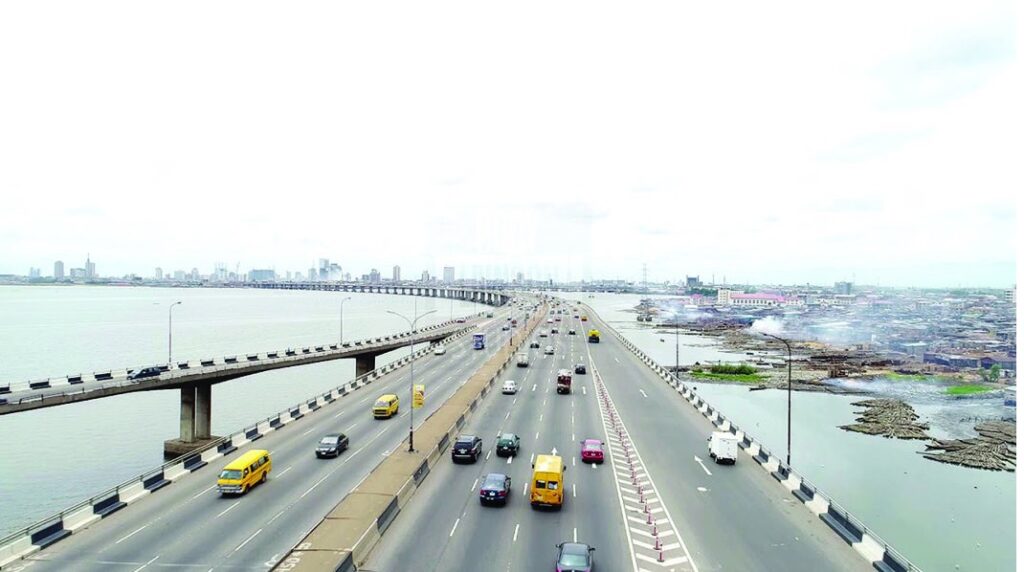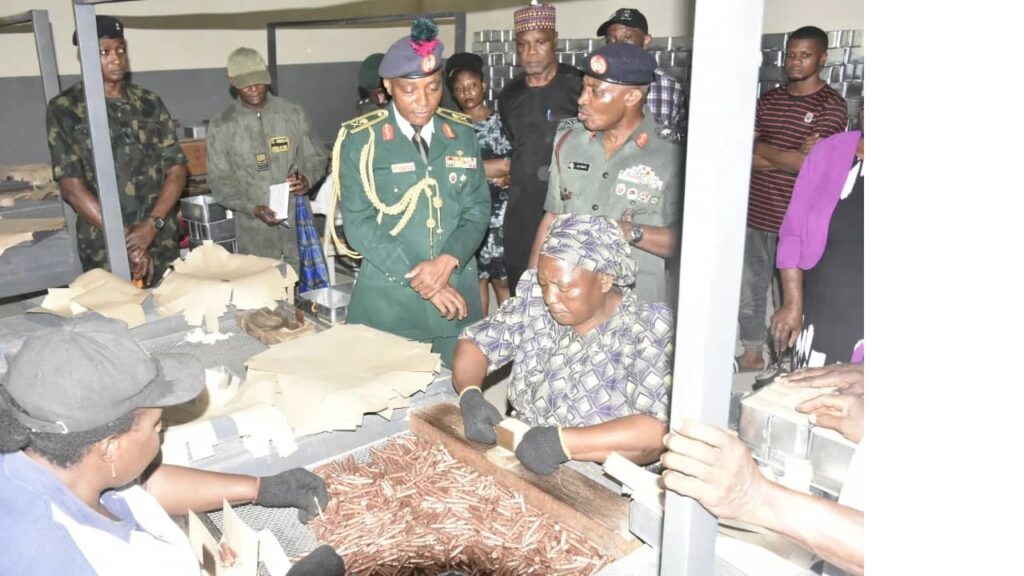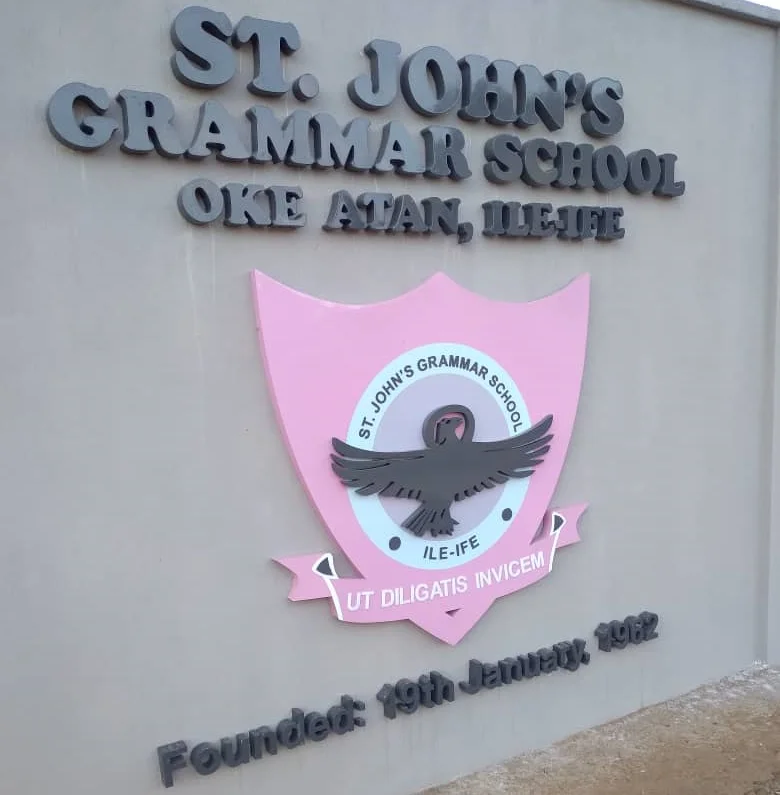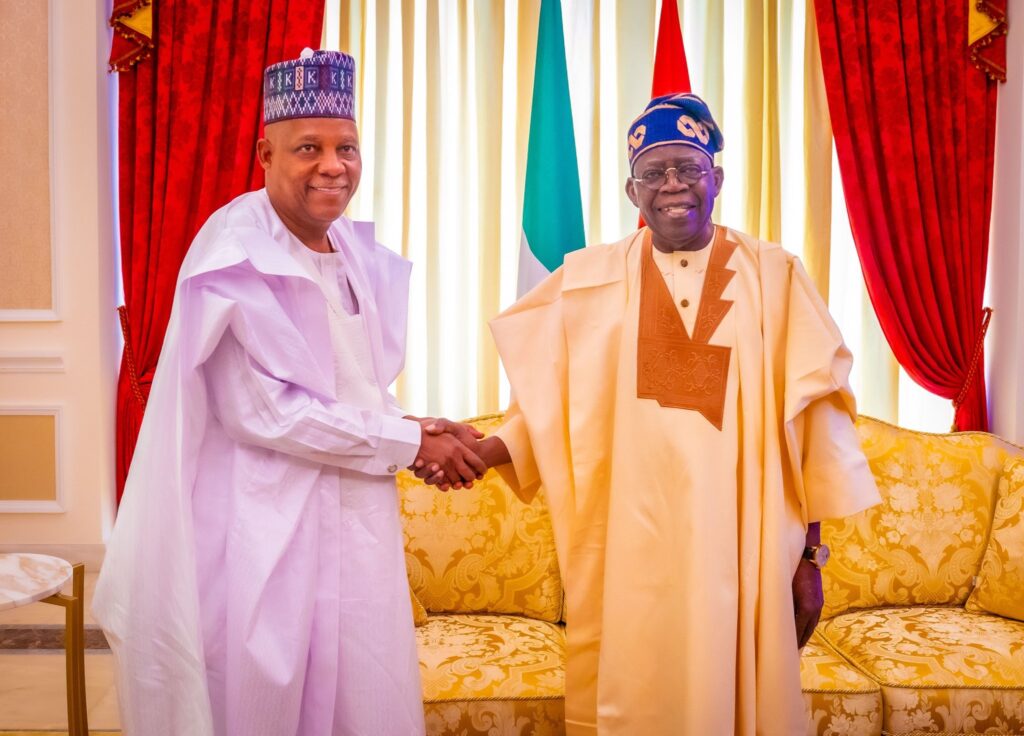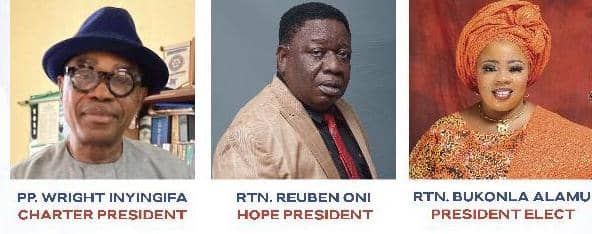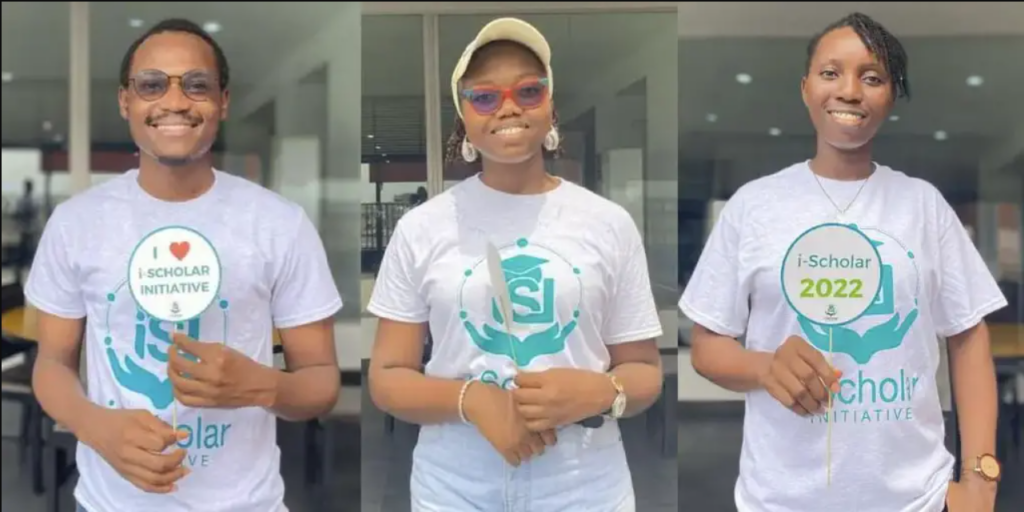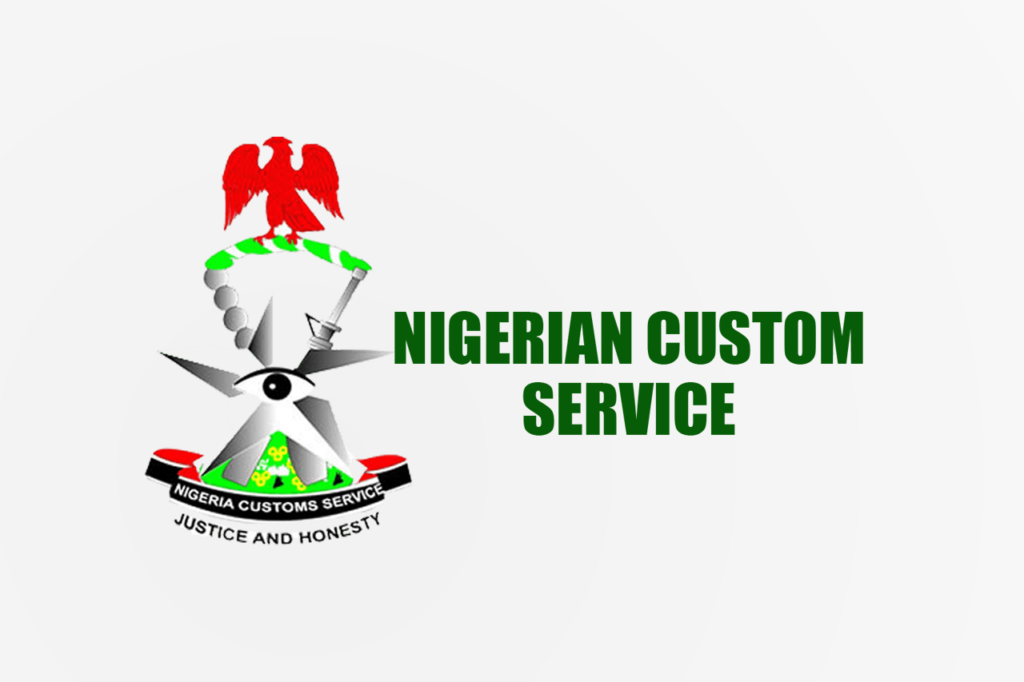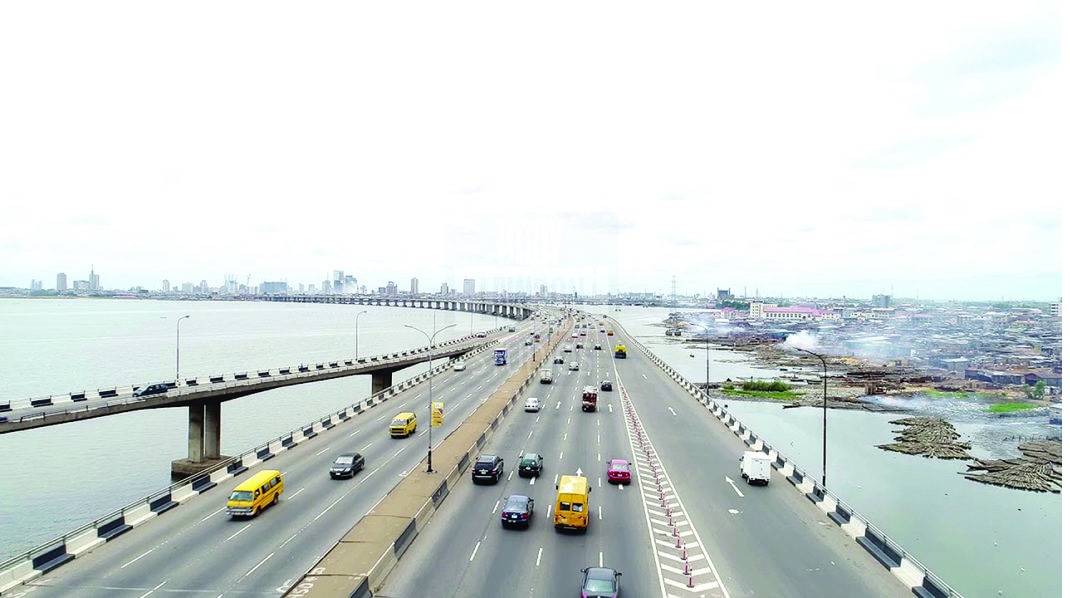
• Experts say routine repairs due to non-adherence to basic maintenance schedule
• Further delay to cost N6 trillion in repair cost
The routine repair of the Third Mainland Bridge infrastructure has cost the Federal Government at least N15.6 billion in the last six years, coupled with rounds of discomfort for users, who depend on the critical facility daily.
The incessant repairs and downtime were blamed on the inability of the Federal Government and concerned agencies to keep to the rehabilitation schedule of the 34-year-old infrastructure.
Current repairs started last year after the Federal Government approved the total sum of N6.28 billion for surface maintenance. The 24-month repair covered 11.8 kilometres, including interchanges, ramps, and critical links.
The Lagos State government’s Public Works Corporation embarked on the repairs of the functional structure of the bridge, such as the underwater piles, while the FG undertook surface maintenance to treat potholes and restore missing guard rails.
It will be recalled that in 2018, the government approved N18.87 billion for renovation, which was contracted to Borini Prono an Italian construction firm that constructed the bridge.
The Guardian gathered that the recurring repairs were a follow-up to several reports carried out on the bridge by firms that recommended strict maintenance on the structure.
For instance, the Federal Ministry of Works in 2008 engaged the services of Messrs JBN Plc. to conduct preliminary investigations of the structure and later Dynamic tests were carried out by Messrs 4EMME, an internationally acclaimed Bridge Engineering Consulting firm following reports of oscillation and excessive vibrations of the bridge under traffic load.
The reports of the investigations and tests at the time indicated that the bridge was structurally adequate but required the replacement of bad expansion joints and bearings.
Following the partial closure of the bridge by the Federal Government, many road users spent several hours in traffic. The government recently announced the partial closure of the Iyana Oworonshoki/Adeniji Adele-bound carriageway for eight weeks to pave the way for repairs.
The closure brought untold hardship to commuters and motorists, including workers. A computer engineer and analyst, Mr Gbenga Afolayan, said the prolonged repairs have affected his working hours, and made him lose man-hours in traffic daily. According to him, it takes a minimum of three hours daily to reach his office in Lekki Phase II.
James Uche, a motorist, disclosed that he charges more for passengers going to Victoria Island due to the traffic, adding that some of his colleagues have changed routes to avoid spending hours in traffic.
A Lagos-based research institute, Danne Institute for Research, has said in its Connectivity and Productivity Report that Lagos State loses about N4 trillion yearly as a result of its notorious traffic congestion problem, which is due to the economic cost of the estimated 14.12 million hours lost by Lagosians while commuting to work every day.
Experts said the Federal Government’s effort has been the best in such circumstances, blaming the situation on non-adherence to maintenance programme and paucity of funds.
The President of the Nigerian Institution of Structural Engineers, (NIStructE), Mr Johnson Adeyoye, said the bad maintenance culture in Lagos and Nigeria was at play. According to him, when the bridge was constructed, it was meant for three lanes but was converted by motorists during rush hours to six lanes, adding that the bridges are not designed for loads, especially stationary ones.
Adeyoye, who called on the federal and state governments to halt the packing of stationery heavy-duty trucks and exploitation of bridges by vehicles, said such makes the bridges deteriorate.
He also recommended the overhaul of the nation’s maintenance culture, enforcement of laws and implementation of maintenance programmes on the bridges.
A facility management expert and Managing Director, Global Property and Facilities International Limited, Dr Muhammad Balogun, said Nigerian bridges are not always maintained, adding that the present government intervention on the Third Mainland Bridge would ensure its safety.
But it is not yet Uhuru for the bridge and Lagos residents. On the tour of the facility last weekend, Minister of Works, David Umahi, alerted the National Assembly to the consequence of further delay in the completion of the Third Mainland Bridge’s rehabilitation, emphasizing that failure to accelerate the work could lead to a reconstruction cost of N6 trillion.
Umahi advocated for the declaration of a State of Emergency on the Third Mainland Bridge to fast-track essential underwater repairs and prevent further damage.
He warned of the substantial financial and safety risks posed by continued delays. In a similar vein, Umahi recommended a State of Emergency for the Carter Bridge to ensure swift repair work and avoid looming disasters.
In his words: “We have critical underwater challenges on the Third Mainland Bridge. The first is the deflection of the slab, which is nothing to worry about as we shall repair it as we did on Eko Bridge and it will stop deflecting.
“The second one is the deterioration of the piers, the pier caps and the pier cap covers. The contractor was already mobilised about four weeks ago and is working on it.
“Cost of rehabilitation of the Third Mainland Bridge is estimated at N21 billion,”’ he said.
He emphasized that a failure to accelerate the rehabilitation of the Third Mainland Bridge could lead to reconstruction costs amounting to N6 trillion.
Umahi pointed out that the deterioration of the bridge’s pillars was due to illegal sand mining, natural underwater currents, and the rusting of the steel casings.
The Works Minister mentioned that the Federal Government recently mobilised N6 billion to Julius Berger Nigeria Plc., the contractor responsible for the rehabilitation of the Third Mainland Bridge, out of the total N21 billion required for the project.

